Fabric of the Living
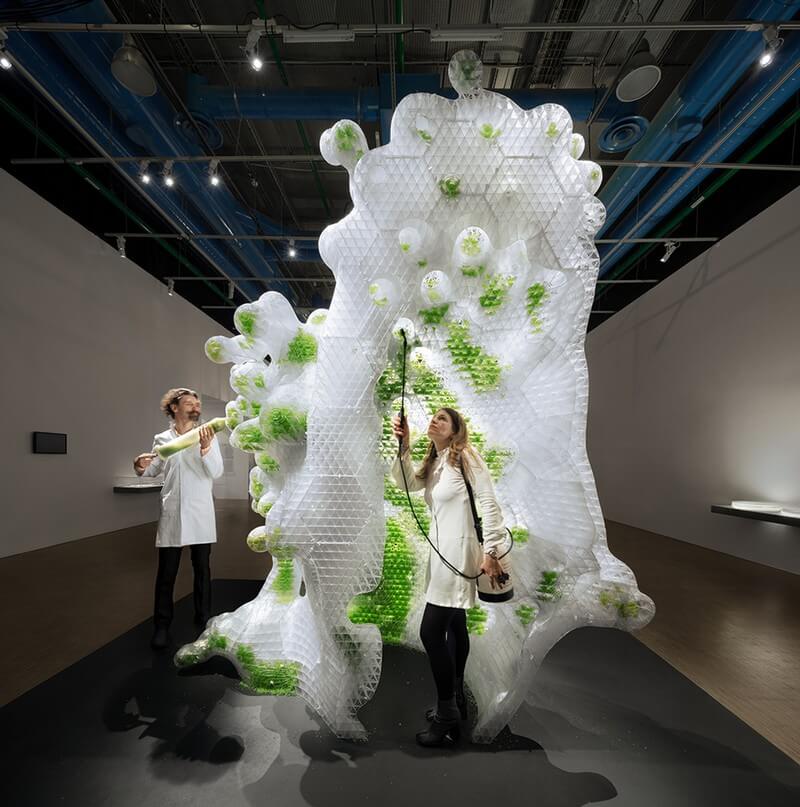
The renowned Centre Pompidou in Paris opened its doors to two living sculptures, embodying the future forms of spatial intelligence. The exhibition, titled “La Fabrique du vivant” [The Fabric of the Living], featured “H.O.R.T.U.S. XL Astaxanthin.g” by ecoLogicStudio in collaboration with Innsbruck University – Synthetic Landscape Lab, CREATE Group / WASP Hub Denmark – University of Southern Denmark, and “XenoDerma” by Urban Morphogenesis Lab directed by Claudia Pasquero at The Bartlett UCL.
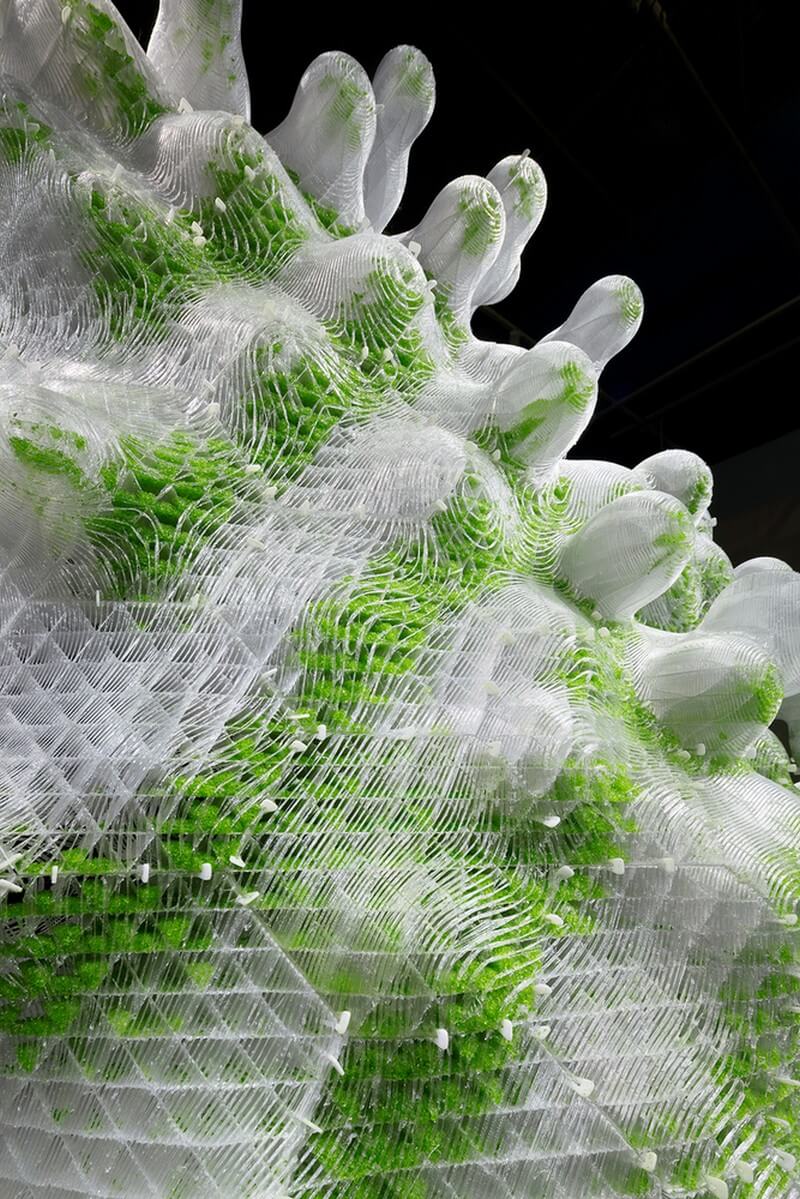 Running from February 20th to April 15th, 2019, the exhibition examined the notion of “living” in a digital era, where new interactions are emerging between the fields of life science, neuroscience, and synthetic biology. Permeating the entire urbanscape, this global, digital apparatus “encompasses miniaturization, distribution, and intelligence of manmade urban networks of in-human complexity, engendering evolving processes of synthetic life on Earth.
Running from February 20th to April 15th, 2019, the exhibition examined the notion of “living” in a digital era, where new interactions are emerging between the fields of life science, neuroscience, and synthetic biology. Permeating the entire urbanscape, this global, digital apparatus “encompasses miniaturization, distribution, and intelligence of manmade urban networks of in-human complexity, engendering evolving processes of synthetic life on Earth.

For the exhibition, ecoLogicStudio founders Claudia Pasquero and Marco Poletto have created “in-human gardens”, two 3D printed living sculptures receptive to human and non-human life. With a design incorporating living organisms, both structures contain colonies of photosynthetic cyanobacteria. The structures themselves have been algorithmically designed and produced using large-scale, high-resolution 3D printing technology.
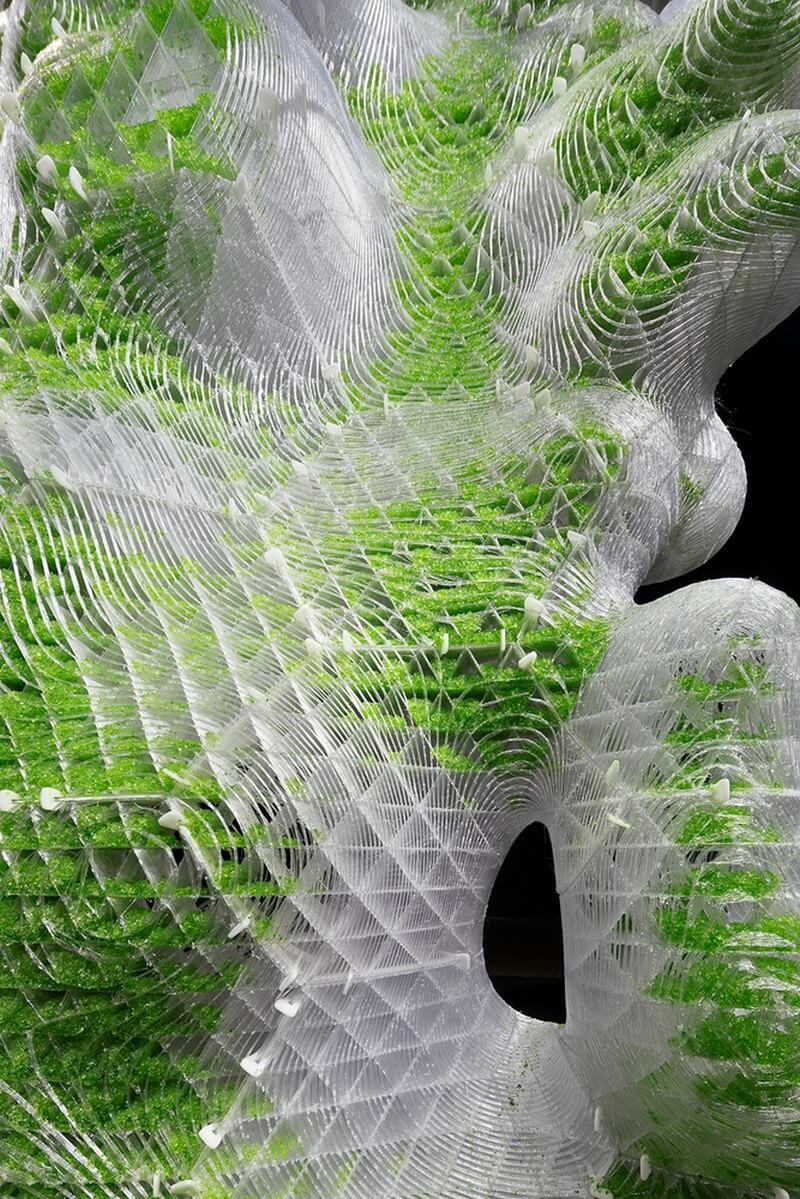
The H.O.R.T.U.S. XL Astaxanthin.g was designed by ecoLogicStudio in collaboration with Innsbruck University – Synthetic Landscape Lab, CREATE Group / WASP Hub Denmark – University of Southern Denmark. In the installation, a digital algorithm simulates the growth of substratum inspired by coral morphology, which is digitally deposited by 3D printing machines.
 The photosynthetic bacteria is inoculated on a bio gel medium in triangular units (or “bio-pixels”), arranged to form hexagonal blocks of 18.5cm. The metabolisms hosted by the structure are powered by photosynthesis, converting radiation to oxygen and biomass.
The photosynthetic bacteria is inoculated on a bio gel medium in triangular units (or “bio-pixels”), arranged to form hexagonal blocks of 18.5cm. The metabolisms hosted by the structure are powered by photosynthesis, converting radiation to oxygen and biomass.
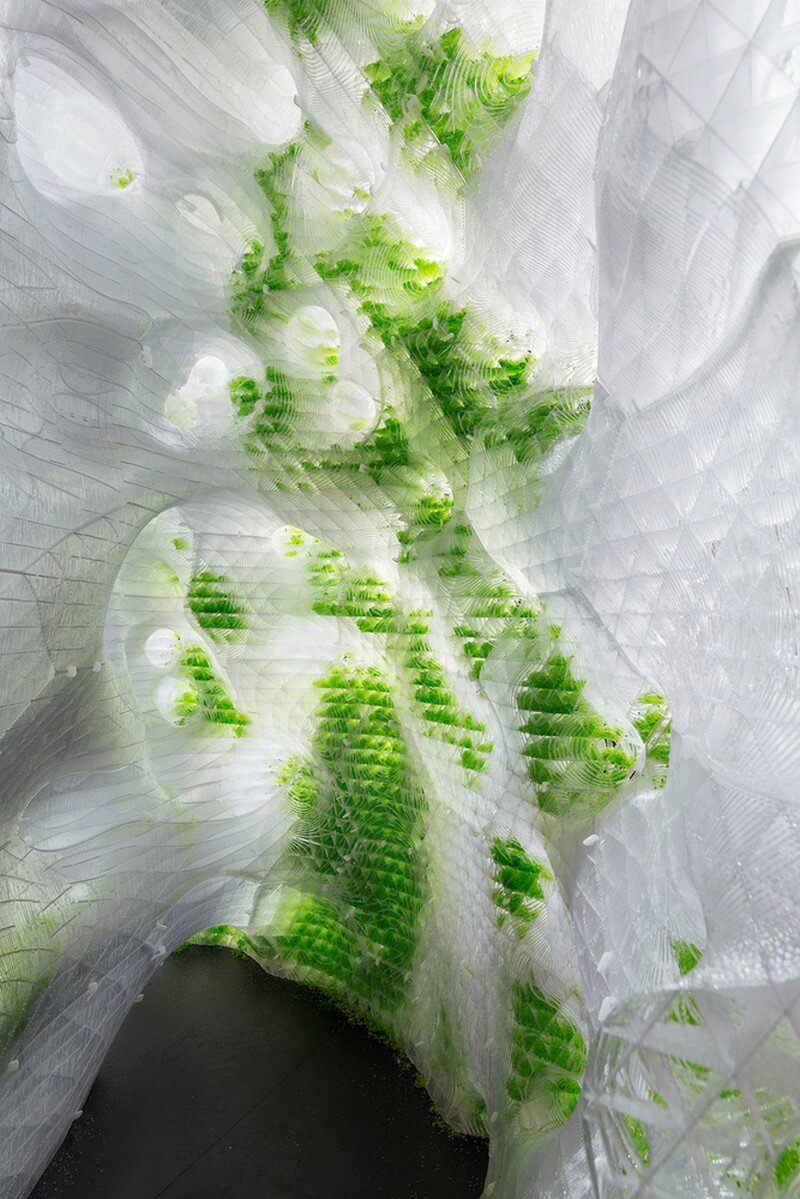 The density of bacteria on each bio-pixel has been digitally computed to ensure the organisms are positioned in areas of increasing incoming radiation. According to the team, “cyanobacteria’s unique biological intelligence is gathered as part of a new form of bio-digital architecture.”
The density of bacteria on each bio-pixel has been digitally computed to ensure the organisms are positioned in areas of increasing incoming radiation. According to the team, “cyanobacteria’s unique biological intelligence is gathered as part of a new form of bio-digital architecture.”
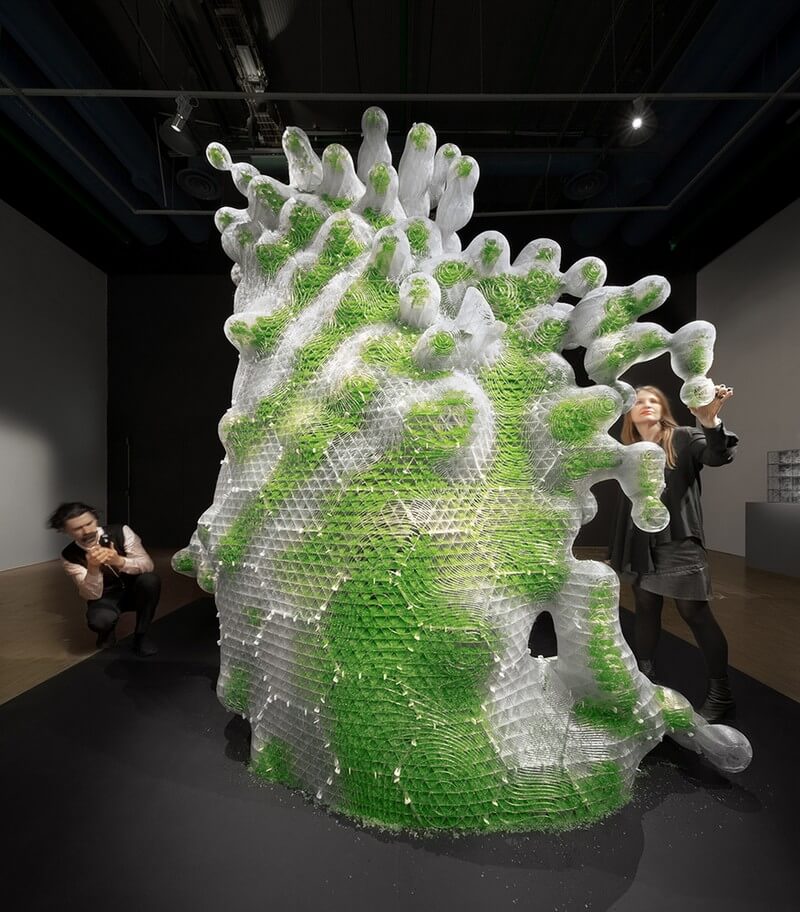 Along with its exhibition in the Pompidou, the structure will be exhibited at the MAK – Museum of Applied Arts in Vienna in Spring 2019.
Along with its exhibition in the Pompidou, the structure will be exhibited at the MAK – Museum of Applied Arts in Vienna in Spring 2019.
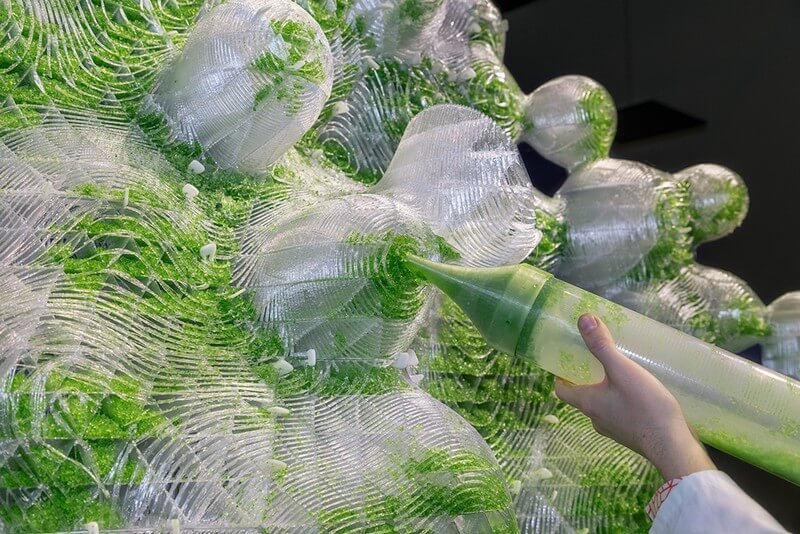
The exhibition’s second structure, XenoDerma, has been designed by Urban Morphogenesis Lab, directed by Claudia Pasquero at The Bartlett, UCL. The “spider web morphogenesis” is interwoven with a man-made spatial scaffolding designed using algorithms and 3D print technology.
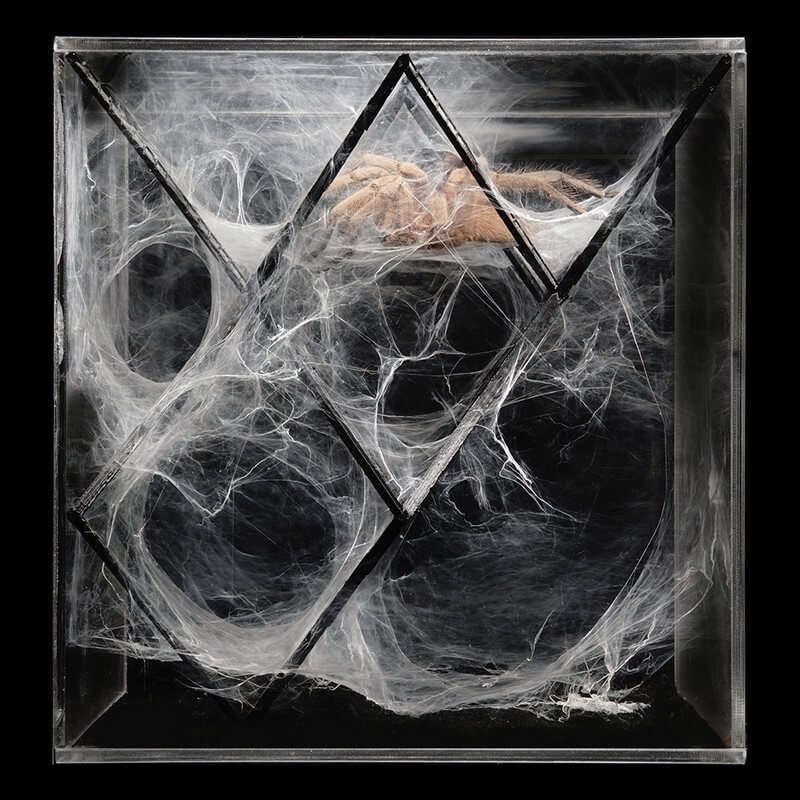 The scheme is inspired by the relationship between a spider’s internal mind and the spatial thinking they exercise in the creation of a web. Their behavior is reprogrammed in XenoDerma through a 3D-printed substructure “revealing in the alien beauty of its silky morphologies, an intelligence that resides somewhere at the intersection of the biological, technological and digital realms.”
The scheme is inspired by the relationship between a spider’s internal mind and the spatial thinking they exercise in the creation of a web. Their behavior is reprogrammed in XenoDerma through a 3D-printed substructure “revealing in the alien beauty of its silky morphologies, an intelligence that resides somewhere at the intersection of the biological, technological and digital realms.”
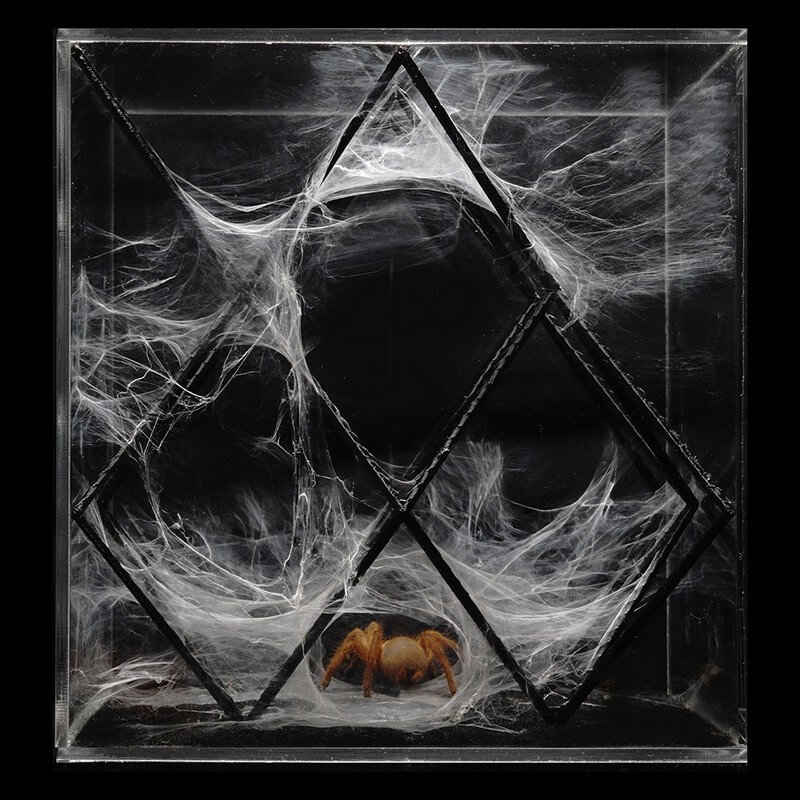




























Comments